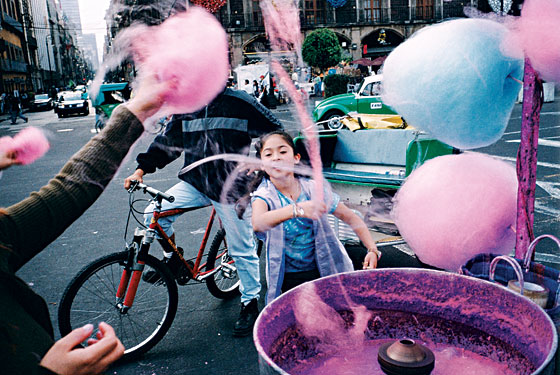
“It’s like a tornado passed and now everything is calm and clean,” says urban planner and restaurateur Pablo Aboumrad of Mexico City’s Centro neighborhood and its $382 million face-lift. That assessment also applies to other swaths of the city that were, until recently, derelict and dangerous and are now comparatively scrubbed and safe. Yes, the metropolis around Distrito Federal (D.F.) is still a teeming hive of 20 million people, where, on bad days, the air settles like a dirty blanket. But even that’s changing. The current mayor, lefty icon Marcelo Ebrard, has championed all things verde: roof gardens, electric taxis, and, as of last month, the conversion of the city’s infamous dump to a energy plant. There’s also high fashion, feverish nightlife, and hotels so stylish that one of the newest chains, Hotel Americano, just opened an outpost in Chelsea. The eighth-richest city in the world, that is, is booming. The capital still has its problems, from pickpocketing to kidnappings (you’re probably still better off using official taxi stands than hailing a cab). Mexico’s drug war, however, has mostly stayed out of town. In 2010, the murder rate in Mexico City was lower than Washington, D.C., Pittsburgh, and Cleveland and nearly a third that of New Orleans.